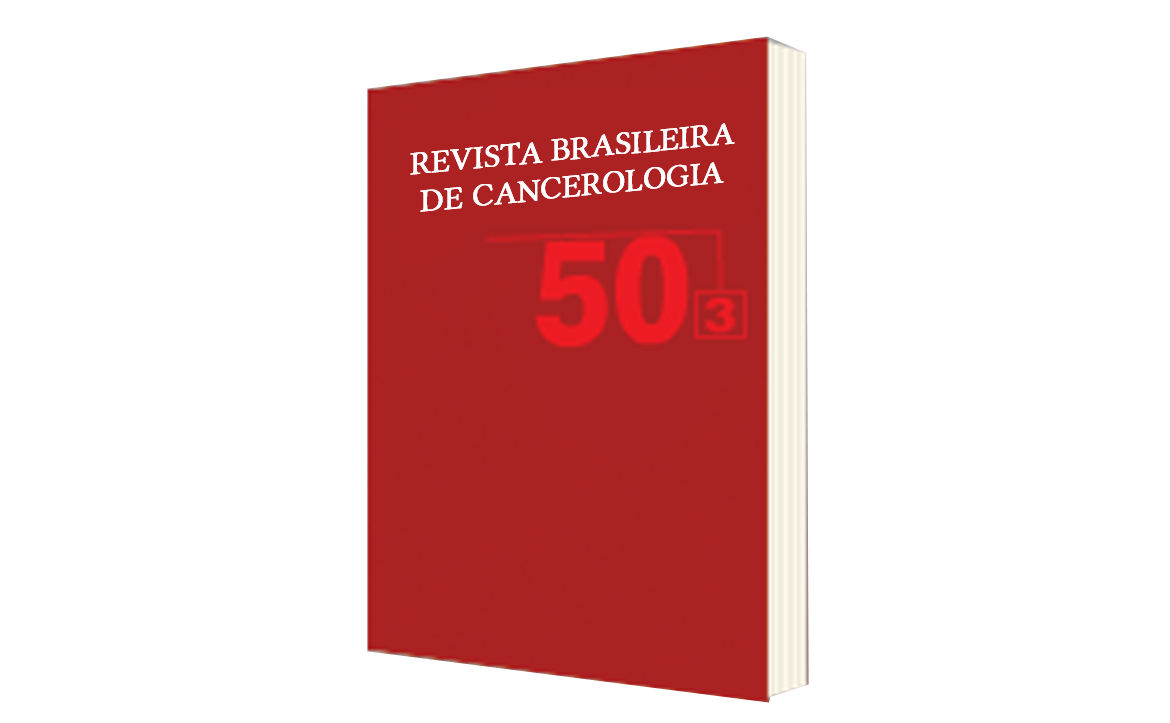The frequency of aberrant immunophenotypes in acute leukemias
DOI:
https://doi.org/10.32635/2176-9745.RBC.2004v50n3.2022Keywords:
Acute leukemia, Immunophenotyping, Minimal residual diseaseAbstract
Acute leukemias (AL) are biologically diverse diseases in terms of their cellular phenotypes and molecular features. According to these characteristics, AL may be classified into distinct subtypes that may help to uncover the etiopathological mechanisms involved. In this study, we determined the frequency of aberrant immunophenotypes among patients with AL who came from different Brazilian regions. We attempt than to provide new data about the subject and to consider about the possible interferences of the aberrant phenotypes on the disease outcome. Multiparameter flow cytometric analyses allowed us to acquire antigens observed during normal hematopoiesis, which reflect the AL in their malignant form. The original panel with monoclonal antibodies (MoAb) included markers in dual color associations or simple forms. Among patient's samples with AL, 8.33% were due to blasts with aberrant antigen expression. According to this study, 46.67% of acute lymphoblastic leukemia (ALL) cases and 53.33% of acute myeloid leukemia (AML) cases have aberrant expression of a single antigen associated with another cell lineage, mostly CD13 in ALL (CD10+) and CD7 in AML (Mo-M2). In conclusion, the aberrant immunophenotypes frequencies determined among the AL cases did not present significant differences between the different Brazilian states. However, prospective studies are required to understand whether these markers modify the disease outcome in our patients and their value in the detection of minimal residual disease.









